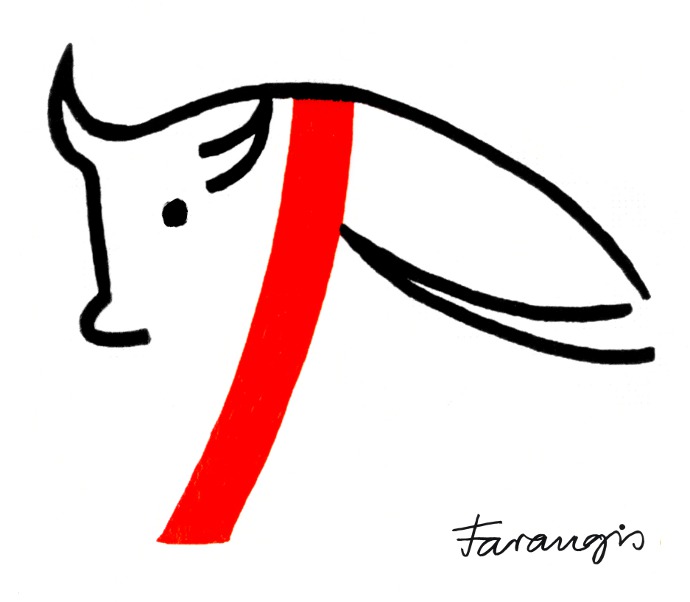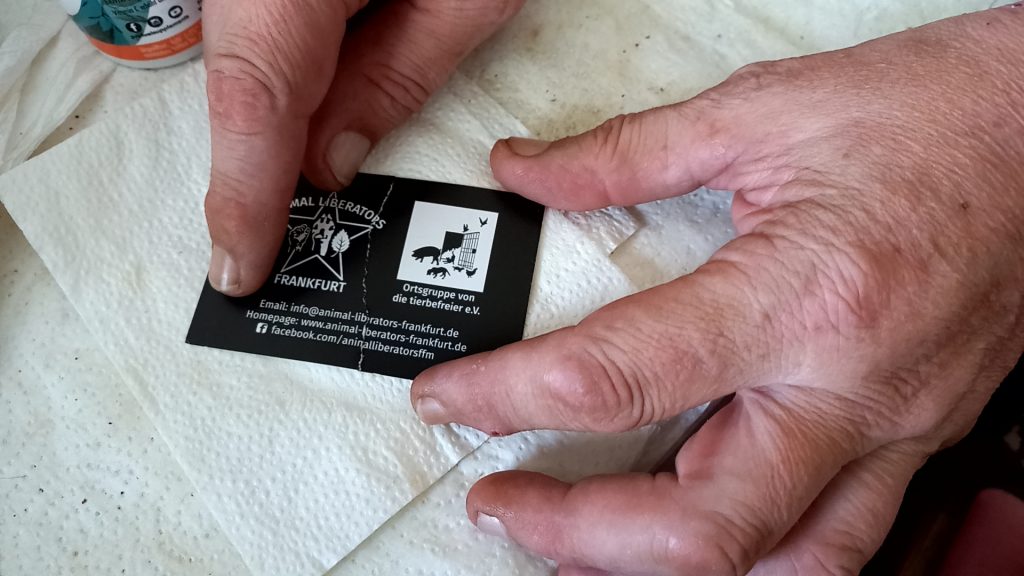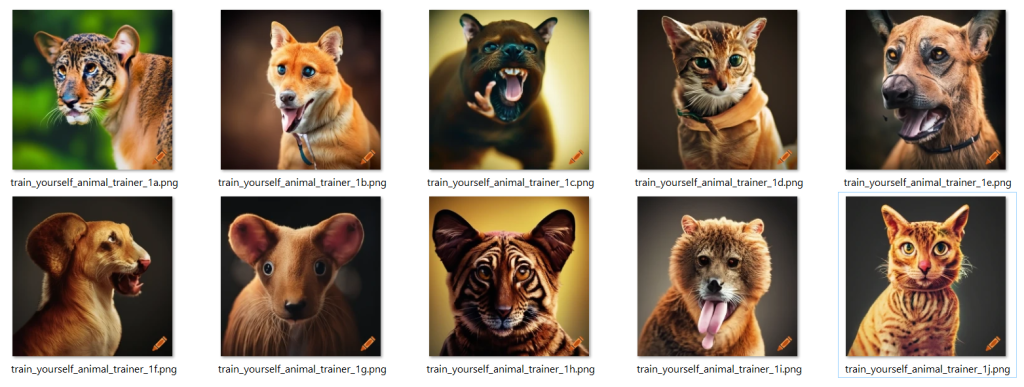Im Vorab: der Zusammenhang ist das laute Schweigen über speziesistische Kunst, im Gegensatz zu anderen speziesistischen “Kulturräumen” … Speciesism and Arts, Nazi-Speciesism, Nazisism* and in Memoriam of Andreas Hochhaus In advance: the context is the loud silence about speciesist art, in contrast to other speciesist “cultural spaces” … — Inseparable in a speciesist system. “The…Continue readingSpeciesism and Arts, Nazi-Speciesism, Nazisism* and in Memoriam of Andreas Hochhaus
Tag: aestheticized speciesism
Und wir singen: Der Speziesist zum Tier: mit Deinem Gesicht solltest Du Dich häufiger mal rechtfertigen. So, das kannst Du nicht HINREICHEND, so dass Du meiner Vorstellung davon genüge tätest? Also mach ich einen Witz aus Deiner Vernichtung. Aber davor, lass ich Dich ein wenig raus. @antispecatContinue readingAnalogievergleiche: Fressadel
Gerda Fischbach http://artscience.uni-ak.ac.at/people?personen_id=1516014703778 This page is full of extreme speciesist art http://artscience.uni-ak.ac.at/people/role/team http://artscience.uni-ak.ac.at/activities FLESH First of all, the meat was needed for isolating primary animal cells. Once the animal tissue had been swabbed with ethanol, a tiny section was removed and immersed again in ethanol. http://artscience.uni-ak.ac.at/activities/bioart_ TAXIDERMY “Things that Talk“ – at the Naturhistorisches Museum…Continue readingKunst und Speziesismus: Artscience
Speciesism in art is for a big part taxidermy in art This site writes: “Well they are dead anyway” … http://www.ravishingbeasts.com/taxidermy-artists/ But they exactly use the dead bodies of nonhuman animals because these animals obviously have lived before. Using a dead body is a means to gain possession in a definatory way over the de…Continue readingobjectification and taxidermy
They don’t say what they know, cos they don’t know what they do. Carnivore humans by Farangis YeganeContinue readingwhat they know


